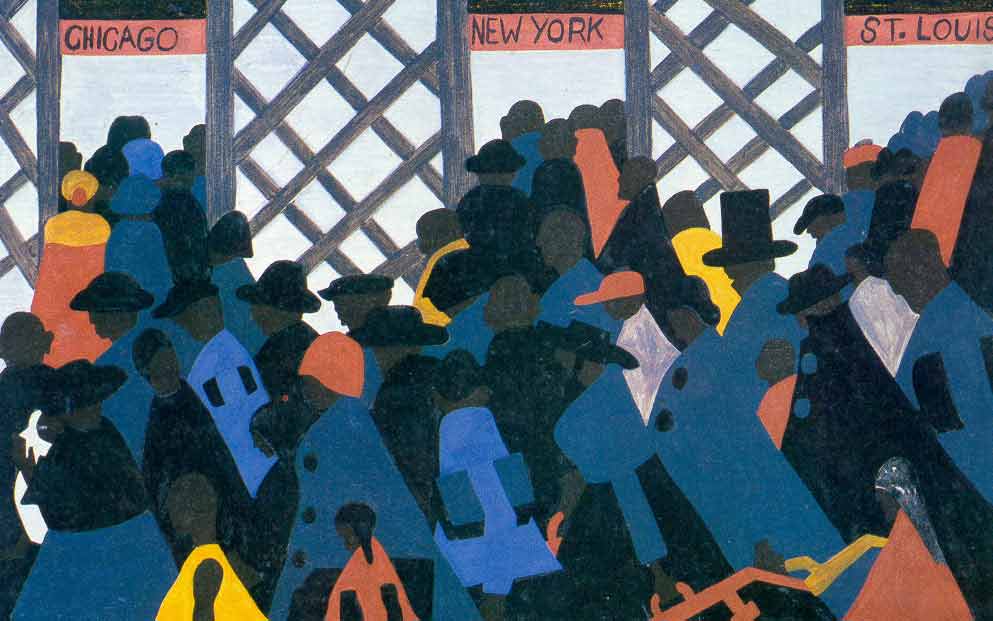Mound Bayou,
Mississippi
|

Handmade Gravestones in Mound Bayou, 1989, Tom Rankin
|
Isaiah Montgomery founded Mound Bayou, Mississippi in the spring of 1887. Montgomery believed that African American freedom and
the promise of emancipation could only be realized in a segregated space. The goal of Mound Bayou was to provide
opportunities for individual advancement in a supportive environment, as well as to instill a sense of racial pride
into all the residents. The original inhabitants of Mound Bayou were generally freed slaves who were looking for
social, economic and political freedom. Mound Bayou provided a physical sanctuary for Africans Americans that was
uncommon in any large scale in the South. In a gesture that symbolically confirms Mount Bayou's role as a sanctuary,
the original twelve founders, as their commemerative, founding act, constructed a brush arbor. The brush arbor
was a make-shift sacred space that was used in times when church facilities were not available. As the term suggests,
the simple structure was made of loose brush, creating an enclosed space where prayer might take place. |
In the early years of the community, Mound Bayou was home to a sawmill and a mercantile
firm, as well as a post office and a one room school. By 1907, the town had flourished. The introduction of the
Louisville, New Orleans, and Texas railroad to Mound Bayou made it a center of bustling activity. At this point
there were about 800 families living on an area of close to thirty thousand acres. By 1911, the population reached
eight thousand and there were thirteen stores and several small shops to cater to the residents. Three cotton mills
opened up alongside the sawmill, which was still pumping a good amount of money into the economy. There were a
total of ten churches in the area and Mound Bayou even began to publish its own newspaper, The Demonstrator.
The newspaper was founded in 1900 and contained advertisements for land, available credit, business opportunities,
as well as articles which espoused ideas of racial pride. The paper was designed to help the residents be as successful
as possible by making them aware of all the opportunities open to them. Mound Bayou also had its own bank, which
was founded in 1904. The Mound Bayou Loan and Investment Company was started in order to ensure black ownership
of all the land in Mound Bayou. The village of Mound Bayou also had its own government where all the members were
African American and were elected by the members of the community. The drop in the price of cotton, as well as
the Great Migration stopped the expansion of Mound Bayou. Despite the ultimate decline of Mound Bayou, for twenty-five
years Mound Bayou flourished and was a symbol of black success in the South. It was a sign of hope amid a depressing
start to life after emancipation.
Still largely excluded from the same political,
social, and economic opportunities as whites, African Americans were likely
to experience a similar
type of community in the North.


